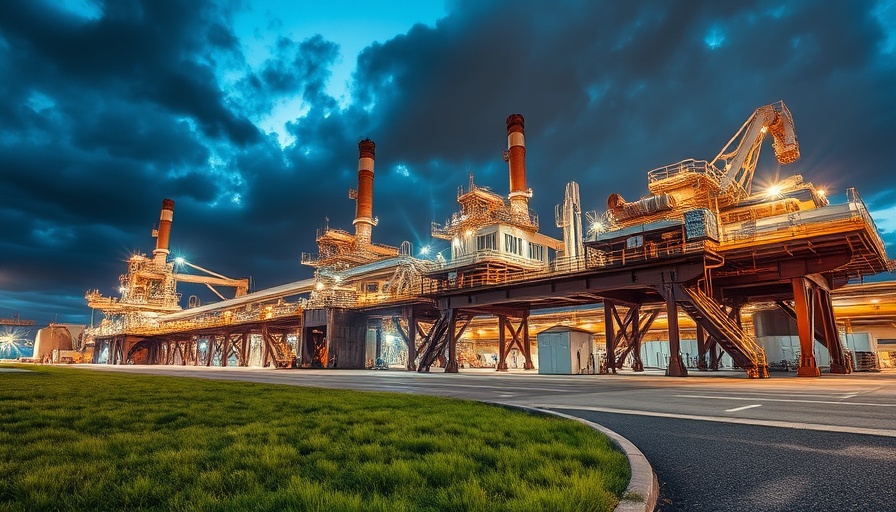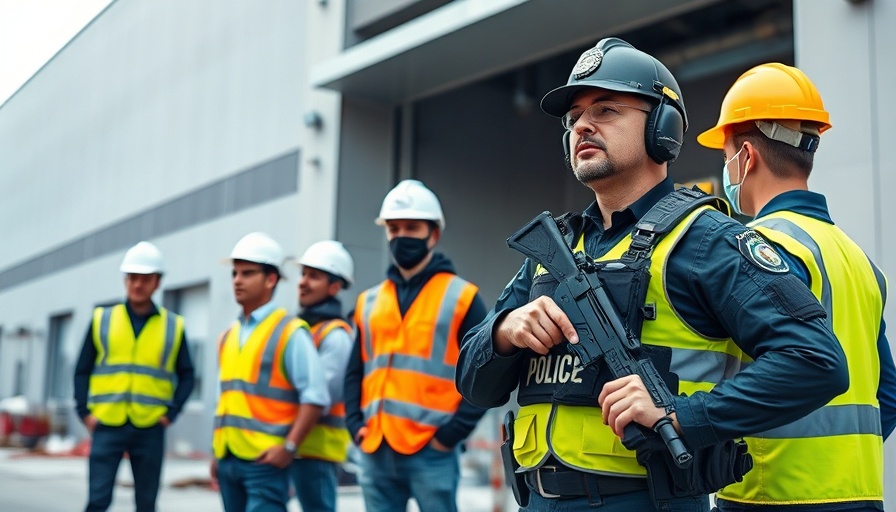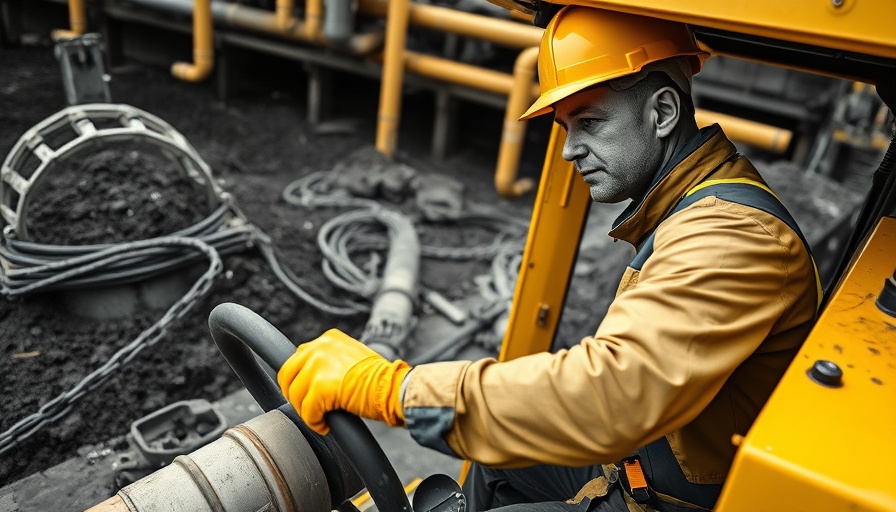
Celebrating Excellence in Commercial Construction: The ENR Best Projects Awards
This year, the ENR West Northwest Best Projects Awards showcased the finest achievements in our field. From stealthy innovations to impressive sustainability efforts, the winners exemplify how the construction landscape is evolving. Not only do these projects demonstrate superior design and construction practices, but they also set benchmarks for efficiency and quality that the industry eagerly follows.
Project Innovations That Are Shaping the Future
Among the standout winners was the Seattle Waterfront Project. In addition to revamping public spaces, this project wisely incorporated smart technology to manage energy consumption and traffic flow. Such advances are a testament to the industry's push towards integrating technology for enhanced project outcomes and sustainability, a trend gaining traction quickly. The use of electric construction vehicles and energy-efficient materials just solidifies the importance of innovation.
The Importance of Collaboration in Modern Projects
A recurring theme in this year's winners is collaboration. The Redmond City Hall project, for example, underscores the critical need for teamwork among architects, engineers, contractors, and local officials. Their collective effort not only streamlined operations, thus cutting project costs, but also enhanced the overall quality of the final build. By fostering open communication and sharing goals, projects can reach their full potential.
Green Building: A Necessity, Not a Trend
With climate concerns at the forefront, sustainable practices were a key consideration in many of the best projects. Notable mentions include the Evergreen Sustainable Urban Development, which utilized recycled materials and energy-efficient systems to minimize environmental impact. These selections highlight that green technology is no longer a luxury; it’s become essential for responsible construction.
Cost Management Strategies that Work
Cost-effective practices featured prominently across the winners, with many projects employing data-driven decision-making and automated workflows. As seen in the Boise Public Library renovation, utilizing analytics can dramatically streamline budgeting processes, effectively managing costs while maintaining quality outcomes. Understanding trends in project finance will help stakeholders make informed decisions that benefit both projects and community needs.
Final Thoughts: Embracing the Future of Construction
The ENR West Northwest Best Projects Awards not only highlight outstanding accomplishments but also signify a collective movement towards leveraging technology and innovative practices in construction. As we continue to strive for excellence, these projects remind us that a supportive community and a commitment to sustainability can lead to exemplary outcomes.
For construction companies striving to enhance their project outcomes, exploring modern technology and sustainable practices is crucial. Attend seminars, digest insightful publications, and network to stay ahead of emerging trends. As the industry forges onward, remember: it's not just about building; it's about creating resilient futures.
 Add Row
Add Row  Add
Add 




Write A Comment